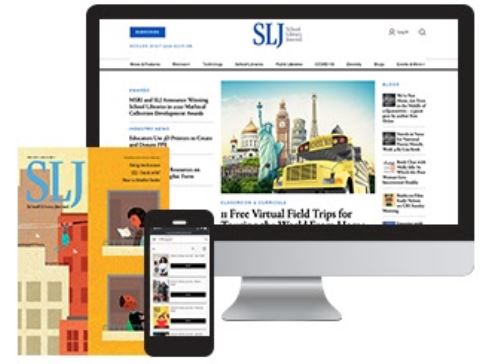2018 School Spending Survey Report
How to Analyze the Works of Suzanne Collins
9781617834561.
ea vol: 112p. (Essential Critiques Series). bibliog. chron. further reading. glossary. illus. index. notes. photos. websites. ABDO. 2012. PLB $34.22; ebook $34.22.
COPY ISBN
These volumes introduce literary criticism, provide summaries of the authors' famous works, and offer lightly annotated essays modeling the application of criticism through different approaches. Each book leads readers through key steps of analysis and encourages readers' own critiques. Featuring the work of contemporarily popular Collins and beloved Lewis enlivens these suitable overviews of literary interpretation and essay construction. Reading list, timeline, websites. Bib., glos., ind. Review covers these Essential Critiques titles: How to Analyze the Works of Suzanne Collins and How to Analyze the Works of C. S. Lewis.
ALREADY A SUBSCRIBER? LOG IN
We are currently offering this content for free. Sign up now to activate your personal profile, where you can save articles for future viewing





Be the first reader to comment.
Comment Policy:
Comment should not be empty !!!